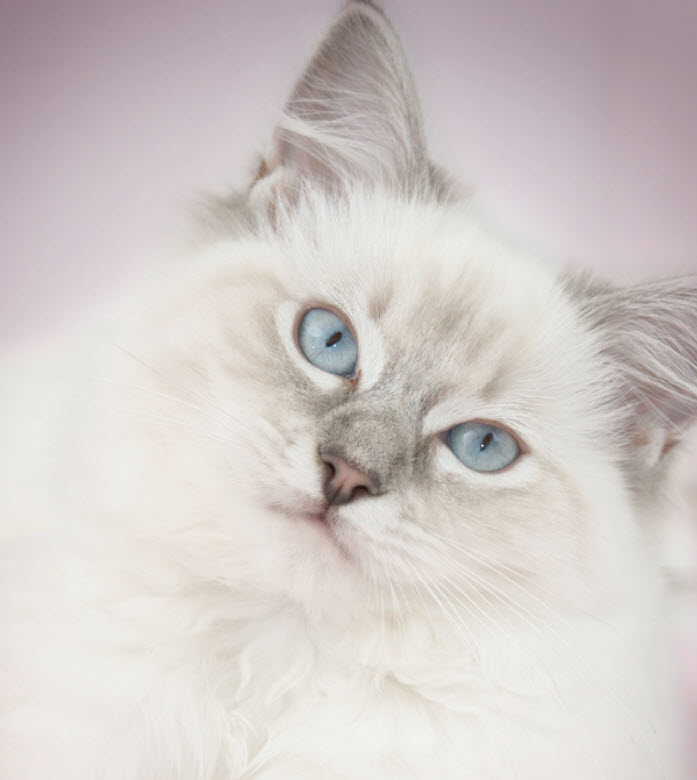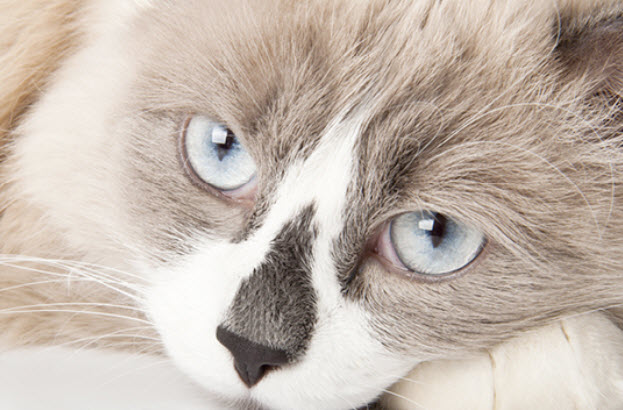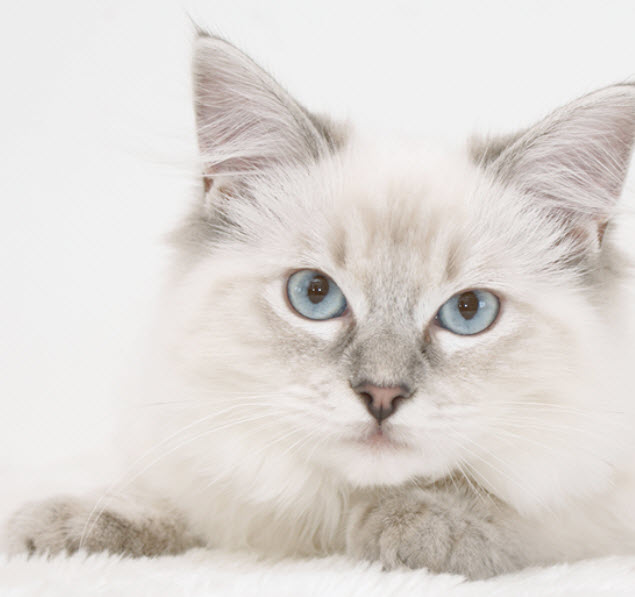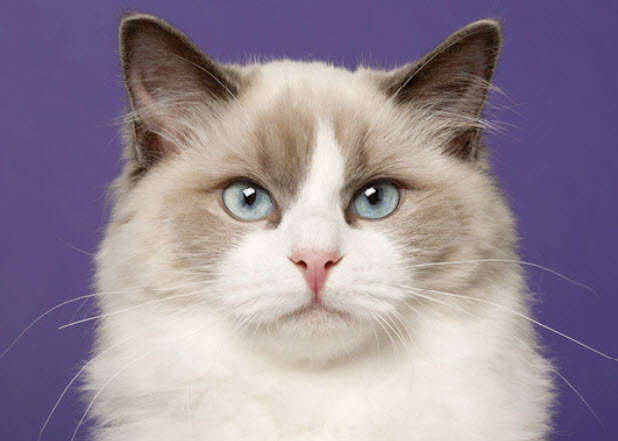hip dysplasia in ragdoll cats
Blue is the second commonest Ragdoll cat colour. Affected cats show a progressive weakness ataxia and muscular atrophy.

Pin On Ragdoll Cats And Kittens
With that being said we can find the following range of clinical signs.

. Hypertrophic cardiomyopathy in Ragdolls is the most common heart disease in domestic cats. The mode of inheritance is polygenic. Genetic Diseases in Purebred Cats.
Although there are no recorded cases the possibility is high because of the Ragdoll s bulk and weight distribution. Hip dysplasia is an abnormality of the hip joint in which the hip socket doesnt fully cover the ball at the end of the femur thigh bone. The clinical picture is one where fluid filled cysts grow within the kidney either in utero during childhood or even in adulthoodAs the cat grows these cysts increase in size and can lead to severe kidney.
As a result of this thickening your cats. Even if they arent pedigree breeds you may want to consider getting your cat checked out by a vet before introducing them to any other animals or children if they display signs of Hip Dysplasia. What Does A Blue Mitted Ragdoll Cat Look Like.
Hip Dysplasia in Ragdoll Cats. However some vets believe that mild to moderate cases go undiagnosed in cats because of their. Ragdoll cats may develop hip dysplasia which can be hereditary or due to the abnormal weight gain of the cat.
Common Illnesses in Cats - By Drew Pilton. The Maine Coon breed also has a high incidence of hip dysplasia. This condition is characterized by abnormal growth of hip tissues and this may sometimes lead to deformity.
Hip dysplasia Hip dysplasia is a common concern among Ragdoll owners. It is characterized by a thickening of the myocardial mass in the left ventricle which causes a decrease in the volume of the ventricles in the heart. A blue mitted Ragdoll is a Ragdoll cat with a really particular mixture of coat colour and sample.
Abyssinians American shorthair. Polycystic kidney disease is a hereditary disease which is most commonly diagnosed in Persian and Exotic Shorthair cats but is also prevalent in Ragdoll cats. Hip dysplasia occurs when the ball and socket joint that make.
A definitive diagnosis of the condition can be achieved by an x-ray of an apparently painful hip joint. It s important to get a written health guarantee from your breeder to make sure your cat is safe. If a younger cat develops arthritis its probably because of genetics.
Hip dysplasia can be hereditary and environmental large breeds of cat such as Maine Coons and Persians have a higher incidence. They can begin experiencing symptoms between 4 and 12 months of age with weakness in the joints until degenerative signs. Clinical signs of feline hip dysplasia include limping or other apparent difficulties in walking avoidance of physical activity expression of pain if the hip is touched and persistent licking or chewing at the hip area.
It is rare among domestic cats mixed breed cats and more commonly occurs in large purebred cats like the Maine Coon and Himalayan. In dysplasia a word that means abnormal development of a tissue parts of the hip joint are abnormally shaped misaligned and loose and the ball -- the. In the Maine Coon the gene frequency is estimated to be over 30 with both homozygous and heterozygous affected cats.
These cats are also prone to develop eye problems and deafness. 23 August 2021. A rarely reported abnormality in the breed is an autosomal recessive Spinal Muscle Atrophy.
Hip Dysplasia has usually been seen in almost all cats and due to their larger size The Ragdoll is more prone to this diseaseThis is caused by joint failure and specially hip joints that becomes weak and are no longer able to bear the weightThis disease can also appear due to obesity in animalsThe ball and the socket present in the hip joints are disturbed by this disease and they. It is the most commonly diagnosed orthopedic disease in dogs Hip dysplasia is inherited. Named for the Greek word for malformation hip dysplasia is a genetically inherited disease characterized by the malformation of the ball-and-socket joint that connects a cats femur or thigh bone to the hip.
Primary glaucoma mannosidosis seborrhea polycystic kidney disease peripheral pseudocysts patellar luxation hip dysplasia. After all it isnt actually blue just like the sky. Changes in the cat are often most pronounced affecting the acetabulum the socket of the hip joint while the femoral head or ball of the hip joint often remains relatively unaffected.
List of American pure bred cat breeds and their predisposition to genetic diseases. Its really a cool as in not heat shade of pale gray. Hip Dysplasia in Ragdoll Cats Ragdolls are known for their calm disposition and docile nature.
The environment under which the cat lives can exacerbate the illness. This would include stature eg larger cats like Maine coons and ragdolls may be more prone to developing joint problems and genetic problems like hip dysplasia that may cause cats to develop arthritis earlier in life Dr. Ragdoll cats are prone to Hypertrophic Cardiomyopathy.
Hip dysplasia is thought to be a hereditary disease in cats. While hip dysplasia is most commonly associated with dogs and is certainly more common in dogs than it is in cats nevertheless our feline companions may also be affected by the condition which can lead to pain difficulty moving freely and a progressive degeneration of the hip joints. Joint looseness laxity can lead to degenerative joint disease.
Hip dysplasia is the abnormal development of the hipbone and the femur coxofemoral joint. Diagnostics for feline hip dysplasia When examining the hip veterinarians should perform abduction in addition to flexion extension and rotation. Hip dysplasia affects many species including the human.
Signs of Hip Dysplasia in Cats Lameness or limping that gets gradually worse Trouble jumping Exercise intolerance Lethargy andor irritability due to pain Stiffness and decreased range of motion in on or both rear limbs Muscle loss in rear limbs 1. The symptoms of feline hip dysplasia will depend on the degree of incongruity of the joint. Hip Dysplasia has usually been seen in almost all cats and due to their larger size The Ragdoll is more prone to this diseaseThis is caused by joint failure and specially hip joints that becomes weak and are no longer able to bear the weightThis disease can also appear due to obesity in animalsThe ball and the socket present in the hip.
Hip dysplasia is far more common in dogs than in cats.

Pin On Pet Care Tips Pet Health Bestlife4pets Com

Ragdoll Ragdoll Cat Cat Breeds Cat Photo
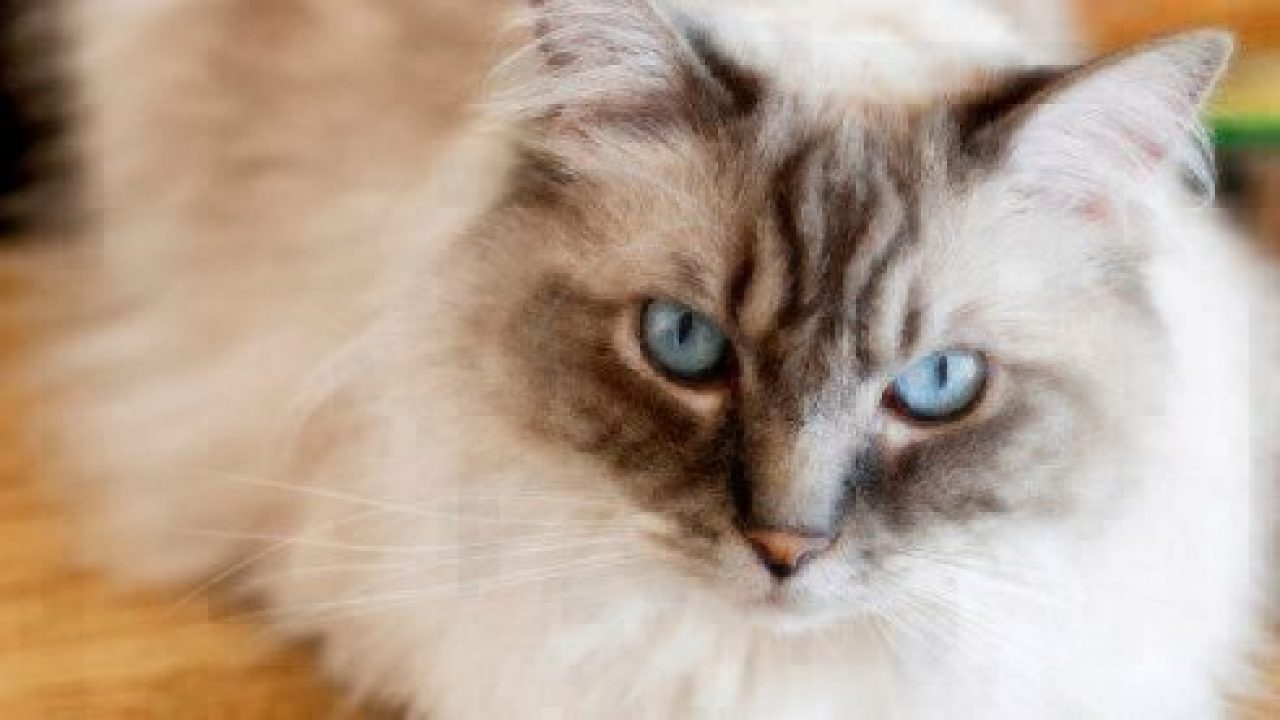
Cat Facts Ragdoll Cats Healthy Paws

What Causes Hip Dysplasia In Dogs Dog Insurance Dogs Dog Owners

Health Problems Of Ragdoll Cats Symptoms To Look Out For

Ragdoll Cats Fun Facts About This Unique Breed The Catnip Times

Health Problems Of Ragdoll Cats Symptoms To Look Out For

Ragdoll Cat Breed Information In 2022 Ragdoll Cat Cat Breeds All Cat Breeds

Ragdoll Cat The Ultimate Guide To Their History Types Characteristics Temperament And Care Kitty Wise Cat Breeds Cute Cats Ragdoll Cat

Gorgeous Tica Reg Ragdoll Cats Ontario Ritemeow Ragdoll Cattery Ragdoll Cattery Cat Breeder Cattery
